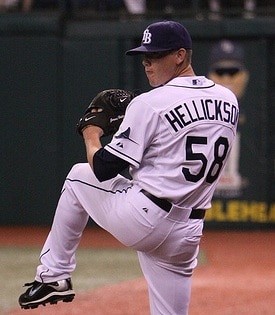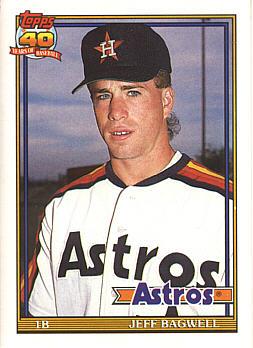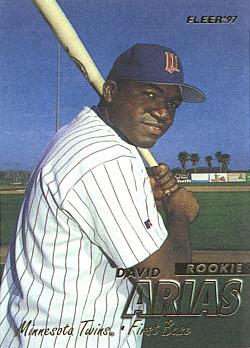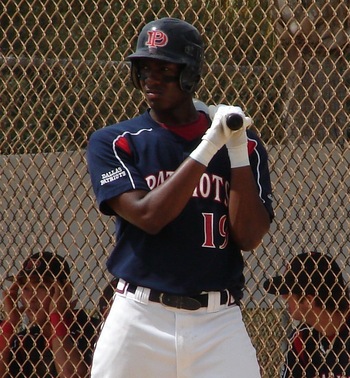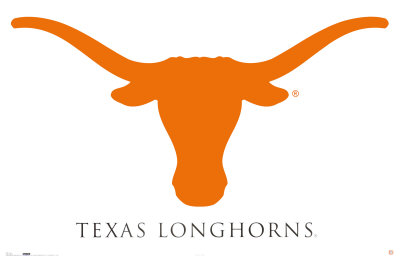Last December, 19 somewhat major league ready baseball players got their chance to prove themselves when they were plucked from their original team's farm system, in the hope of catching lightning in a bottle. For most, their dream was short-lived, as they were soon returned after they couldn't make it out of Spring Training, for others, their work in the spring paid off. Let's take a look at how they did, and rate them on the Dan Uggla-Meter.
Those who stayed or were acquired and are currently in the majors:
Joe Paterson, Diamondbacks: Joe, a former College World Series hero at Oregon State was rescued from San Francisco, where at best he was stuck in AAA. Nonetheless, after he was taken, Paterson became a middle reliever in a solid Diamondback bullpen. His 3.60 ERA despite his 0-2 record gives him a solid mark on the Uggla-Meter.
Uggla-Meter: 7
Nathan Adcock, Royals: Adcock, who came from the Pirates, was a bullpen guy, but also started 3 games. His record was 1-1 with a 4.55 ERA and he had 35 strikeouts. In short, Adcock was good this year in a young Royals bullpen.
Uggla-Meter: 6
Elvin Ramirez, Nationals: All that Elvin did after getting selected from the Mets was land on the 60 Day Disabled List. 'Nuff said.
Uggla-Meter: 1
 Aneury Rodriguez, Astros:
Aneury Rodriguez, Astros: Rodriguez was viewed as the prize of the Rule V draft before even being selected from the Rays. Nonetheless, as a starter, he failed to live up to expectations and has since pitched out of the bullpen. He does have 62 strikeouts to his credit though.
Uggla-Meter: 4
Scott Diamond, Twins: Diamond was returned to the Braves after Spring training, but the Twins wanted him badly enough to snag him back in exchange for another prospect. He was called up in July, and has been brilliant ever since.
Uggla-Meter: 5
Michael Martinez, Phillies: The most successful of the hitters selected, Martinez, who came from the Nationals, has earned the role of super-sub. Even though he isn't a great hitter, his defense is impressive. Martinez could possibly become the new Jayson Werth in Philly.
Uggla-Meter: 6
Lance Pendleton, Astros: Interestingly enough Lance was on 2 teams this year. He made his debut with his original team, the Yankees after Phil Hughes went down, then was later claimed by the Astros. Pendleton has gone 0-0 with an ERA over 6, and it is possible that 2011 could be his only season in the majors. Also interestingly enough, Pendleton is the only Rule V'er I have seen in person, as I was at a Nationals-Astros game on September 10th. I saw him warming up with the other relievers. I referred to him as "White-Shades" for his ridiculous looking white sunglasses.
Uggla-Meter: 2
Pedro Beato, Mets: Pedro was originally drafted by the Mets but never signed, then was drafted by the Orioles. He should have signed with the Mets. Beato has been an effective middle reliever, and a personal favorite of Terry Collins. Even though Pedro hasn't had his chance to close. Nonetheless, he has to be the best pick in the draft. with a 3.92 ERA and a 2-1 Win Record, as well as a scoreless streak to start his major league career.
Uggla-Meter: 8
Those who were returned, and made their major league debut with their original team:
George Kontos: Yankees: Kontos didn't even make it out of spring training with the Padres. Nonetheless he was a September Call-up, and has yet to impress.
Uggla-Meter: 2
Those who made it out of Spring Training, were returned, then reacquired, and are in the Minors:
Josh Rodriguez, Pirates: Josh was good enough to contend for a starting position in the infield, but was mysteriously offered back to Cleveland in June. However, he was reacquired by Pittsburgh and currently plays in AAA.
Uggla-Meter: 3
Those who didn't make it:
Jose Flores, Indians
Adrian Rosario, Brewers (Later traded to the Mets in the Francisco Rodriguez deal)
Masin Tobin, Rangers (Traded to Texas from the Cubs)
Pat Egan, Orioles
Brad Emaus, Rockies (Returned to the Blue Jays from the Mets, then later traded to the Rockies)
Robert Fish, Angels
Cesar Cabral, Red Sox
Brian Broderick, Cardinals
Daniel Turpen, Red Sox
And there you have it. Wait until December to see if there will be another Uggla in the wings.























